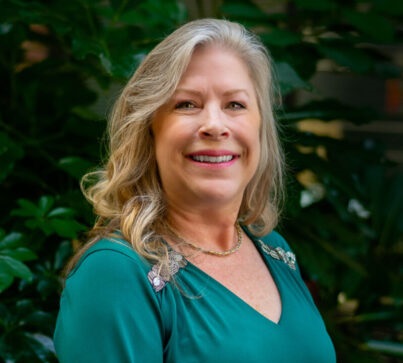
Welcome back to the Clinical Corner, everyone!
In September, we talked about the rise of new treatments in the fight against Alzheimer’s and dementia – a disease that affect seniors across every corner of the globe. This month, we’re discussing another far-reaching obstacle that many seniors face – the risk of serious injury through falls.
The long-term consequences of falls can be life changing – and while not all falls are fully preventable, there are steps that we can take to reduce the risk of injury in your home. One element to be especially mindful of is risk factors. These include (but are not limited to):
- Certain medicines (such as sedatives or tranquilizers)
- Lower body weakness
- Vitamin D deficiency
- Bone conditions
- Foot pain
Understanding risk factors is key to preventing falls – just like taking basic precautions is. Keeping walkable areas well-lit and free of clutter goes a long way. I can tell you from personal experience that I’ve tripped and fallen by not turning on the lights at night – in part because there was something left on the ground that I simply couldn’t see. Be careful when you get up for that midnight glass of water!
Another risk factor worth addressing is our vision. As we age, our peripheral vision declines – often leading to a decreased line of view. If you have an elderly loved one in your life, you may have noticed that they tend to lean forward towards the ground as they step forward. This is because they’ve lost vision on either side of their path and are taking extra care to make sure they don’t trip. If you’re concerned, encourage them to have routine eye exams and discussions with their optometrist. They can provide eyewear and other solutions to help alleviate the symptoms of vision loss.
Finally, we should all remind ourselves to stay active and mobile so that our muscles and bones remain strong. Oftentimes, your physician can assist you with bone density studies to ensure you’re standing strong – and if not, they can provide you with medications to help carry the extra weight. Additionally, a physician can recommend therapy services if applicable following an illness. We might not always realize it – but when our bones are weak, we’re susceptible to injury just with simple tasks and movements.
Be aware of your risk factors, keep an eye out for warning signs, and don’t be afraid to talk to your physician!
Until we talk next month,
Sincerely,
Rhonda Dempsey
Chief Nursing Officer

